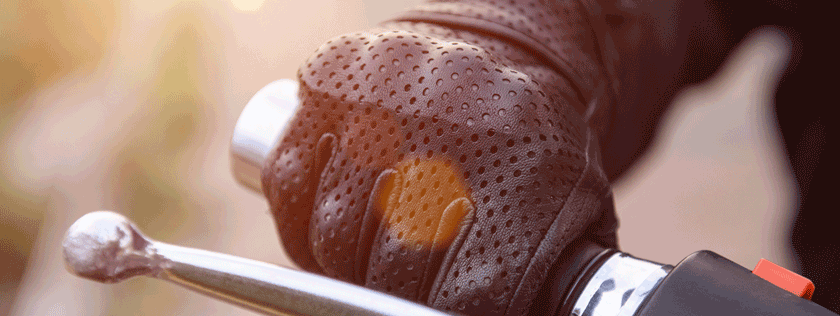It matters that your motorcycle is fit for purpose

As the days start getting longer and the sky gets brighter many bikers will be itching to open up the garage, pull back the covers that have protected their beloved bike from the winter cold and hear the engine roar once again.
However, before tearing up country roads on that first ride of the year, take the time to ensure your bike is roadworthy and ready to hit the open roads to reduce the risk of injury in an accident.
In any accident involving a motorcycle, the condition of the machine is always a crucial factor in determining its causes. The roadworthiness of any motorcycle will always be considered carefully by the Police in any investigation they need to carry out.
Before heading out for a spin, consider using the POWDERSS checklist to help ensure that your bike is in tip-top condition:
Petrol
This may seem obvious to both car users and riders alike but always ensure there is sufficient fuel in the tank for the journey – there is always people caught out. Motorcycles hold less fuel than cars so if you are heading out on a long trip make sure you plan ahead and know where you can top up the tank.
Oil
Always ensure that the engine oil is topped up as well as the fluid for the break and clutch. If the oil is black it usually means that the oil has become contaminated with dirt. If that is the case, your oil needs to be changed.
If the oil has a milky white colour this could indicate that coolant has mixed with the oil. This may be caused by a more serious problem such as a blown head gasket or a major engine problem.
If, all of a sudden, the engine begins burning oil, this could mean that the bike is suffering from piston ring problems. Issues such as these need to be assessed by a suitably qualified mechanic.
Water
Be sure to check that the radiator is topped up with enough coolant. In addition, always check the hoses and connections for signs of damage or leakage.
Should you find any ensure that it is repaired as soon as possible. Many newer motorcycles are cooled by oil and or air and so do not have a traditional radiator.
Damage
Always check your machine for obvious signs of damage. Check that the side panels and fairings are properly secured to the body of the bike.
Also carry out a visual check for obvious signs of damage to the drive chain, the break discs, the wheels and the sprockets. Again, should you spot any obvious damage, have it repaired immediately.
Electrics
Before every journey, ensure that the headlights, indicator lights, break lights and rear lights are all in proper working order and are bright enough to be seen.
Remember, motorcycles are generally smaller than cars and have a much smaller profile on the road.
Make sure that you do as much as possible to be seen in the dark to avoid the risk of being involved in an accident.
Rubber
Regularly check the tyres to ensure that they have sufficient tread.
‘Bald’ tyres are not only illegal but significantly reduce the friction between the motorcycle and road surface making it far more likely that you will lose control while cornering or on a bend. The risk increases still further when riding in wet conditions.
Don’t risk it! Being caught with tyres without a sufficient tread depth could see you end up with three points on your licence and a £2,500 fine per tyre!
Steering/Suspension
Again, this may sound obvious but it is vitally important that your machine responds correctly to your control inputs.
Before heading out, check that the headrace bearings are free from movement and are self centring. Check the suspension settings and that all pillion/luggage adjustments have been made.
These simple checks could be the difference between a safe enjoyable ride and being involved in a serious accident.